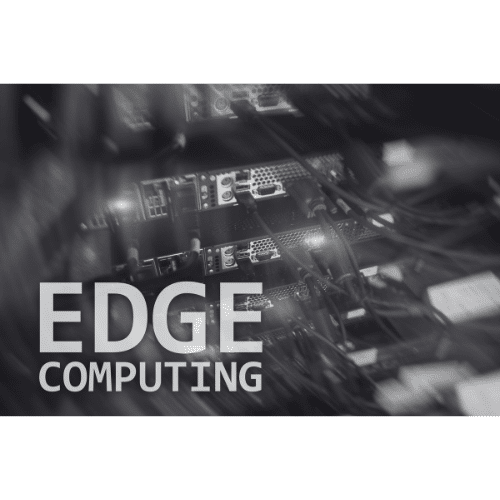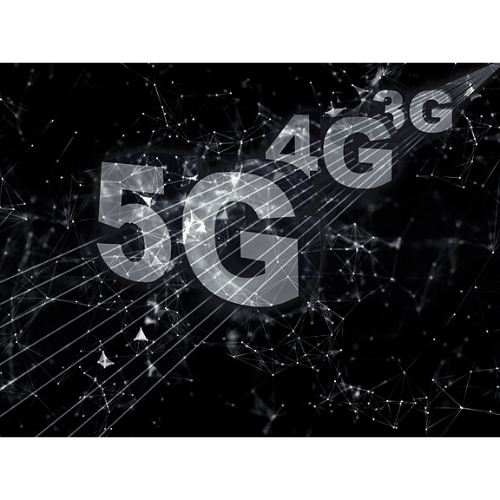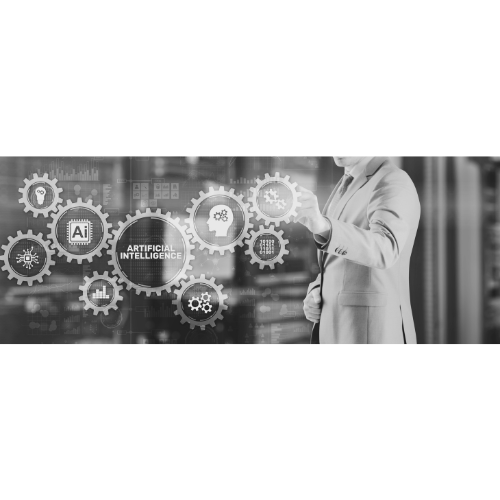Quantum computing is a fascinating and rapidly evolving field. Here are three interesting facts about it.
Understanding the Total Cost of Ownership for an IIoT Solution
Deploying an Industrial IoT solution isn’t just about technology, it’s also about understanding the full financial costs of deploying such a solution. Let’s break down the Total Cost of Ownership (TCO) for an IIoT solution.
Edge Computing in 2023
Edge Computing is set to revolutionize various sectors with its capability to process data closer to where it’s generated, reducing latency and bandwidth use. Here are several key trends and insights on Edge Computing gathered from multiple sources.
5G is More Reliable and Faster than 4G
Does the new 5G technology really put an end to video stream buffering and annoyingly slow downloads?
The Shifting Dynamics of Global Innovation
In today’s fast-changing world, new ideas help us move forward and grow our economies. The number of new inventions (or patents) can show how creative a country is. Lately, these numbers are showing that the world of new patents is changing.
The A to Z of Artificial Intelligence
Many times, people think of Artificial Intelligence (AI) as just Machine Learning (ML), similar to seeing the ocean and only acknowledging one wave. Yet, AI is a vast ocean with countless waves, currents, and depths, each representing unique sub fields and techniques.
5G to Wirelessly Power IoT Devices
Researchers at the Georgia Institute of Technology discuss an innovative way to harness 5G networks, turning them into ‘a wireless power grid’ to power IoT devices.
The Universal Charger Era: One Cable to Connect Them All
Picture this — no more cluttered drawers full of jumbled cables or frantic searches for that one charger that fits your specific device. By 2024, that vision will become a reality for the European Union (EU) as a universal charger is set to become mandatory for all portable electronic devices.
Dexterity in Robotics
With each product iteration, humanoid robots improve in mobility, dexterity, and agility. One of the challenges will be to equip robots with hands with human-like tactile abilities and dexterity.








